In our fast-paced world, acknowledging and supporting individuals with anxiety disorders is not just compassionate; it’s a societal imperative. Anxiety, with its many guises—be it generalized anxiety disorder (GAD), social anxiety, or panic disorder—can be a significant barrier to one’s work, education, and social life.
Recognizing and facilitating anxiety accommodations is a critical step towards equality and empowerment. This article delves into the nuances of anxiety accommodations, the supportive legal frameworks, the spectrum of available accommodations, and the delicate balance between challenges and solutions.
The Many Faces of Anxiety Anxiety is a complex mental health condition that manifests in various forms and intensities. Characterized by persistent worry, fear, or nervousness, it can hinder concentration, disrupt daily tasks, and limit social interaction.
The personalization of anxiety means it has different triggers and challenges for each individual, affecting not just mental but also physical health, thereby influencing overall quality of life. For instance, Jane Doe, a software developer, finds her social anxiety triggered in crowded meetings. A tailored accommodation for Jane, such as the option to participate virtually, can transform her work experience.
Legal Backing for Accommodations In the United States, the Americans with Disabilities Act (ADA) underscores the right to accommodations for those with anxiety, affecting an estimated 19.1% of the adult population and 7% of children aged 3-17.
The ADA compels employers, educators, and public entities to ensure that individuals with anxiety can fully engage in their environments. The legal provisions safeguard these rights and underscore a commitment to inclusivity, fostering accessible spaces that benefit all and promote equity.
Varied Accommodations for Diverse Needs Accommodations for anxiety are as varied as the condition itself. They might include:
- Flexible Work Hours: Allowing employees like John Smith, an accountant with GAD, to start later in the day to manage morning anxiety.
- Dedicated Quiet Spaces: Providing a calm area for individuals like Emily Johnson, a student with panic disorder, to retreat when overwhelmed.
- Extended Test-Taking Time: Offering students additional time to alleviate the pressure that can exacerbate anxiety symptoms during exams.
- Technological Aids: Implementing tools such as mindfulness apps or noise-canceling headphones to assist in managing anxiety.
Navigating Reasonable vs. Unreasonable Accommodations Determining what constitutes a reasonable accommodation is critical. Reasonable accommodations are those that provide necessary support without imposing undue hardship on an institution. They are individually assessed, considering each person’s specific needs and the resources available. Conversely, accommodations that cause significant financial or operational strain, or requests that do not directly address the individual’s anxiety, may be deemed unreasonable.
Creating Individualized Accommodation Plans Each individual with anxiety has a unique experience; thus, accommodation plans should be equally unique. Healthcare professionals play a crucial role in evaluating the individual’s condition and recommending suitable accommodations. These personalized plans require a collaborative approach, involving the individual, healthcare providers, and the respective institution.
Implementing Accommodations Effectively Implementing anxiety accommodations successfully requires sensitivity and awareness training for staff, as well as an organizational culture that prioritizes inclusivity. For example, only 43.2% of adults with GAD in the U.S. receive treatment, highlighting a gap that can be partially addressed through educated support systems. Continuous awareness efforts ensure that inclusivity remains integral to organizational practices.
Conclusion Anxiety accommodations are not about special treatment but about ensuring fair access and opportunity. With an informed understanding of legal requirements, a commitment to providing reasonable support, and fostering transparent communication, we can create environments that enable individuals with anxiety to participate fully and equally in society.

















